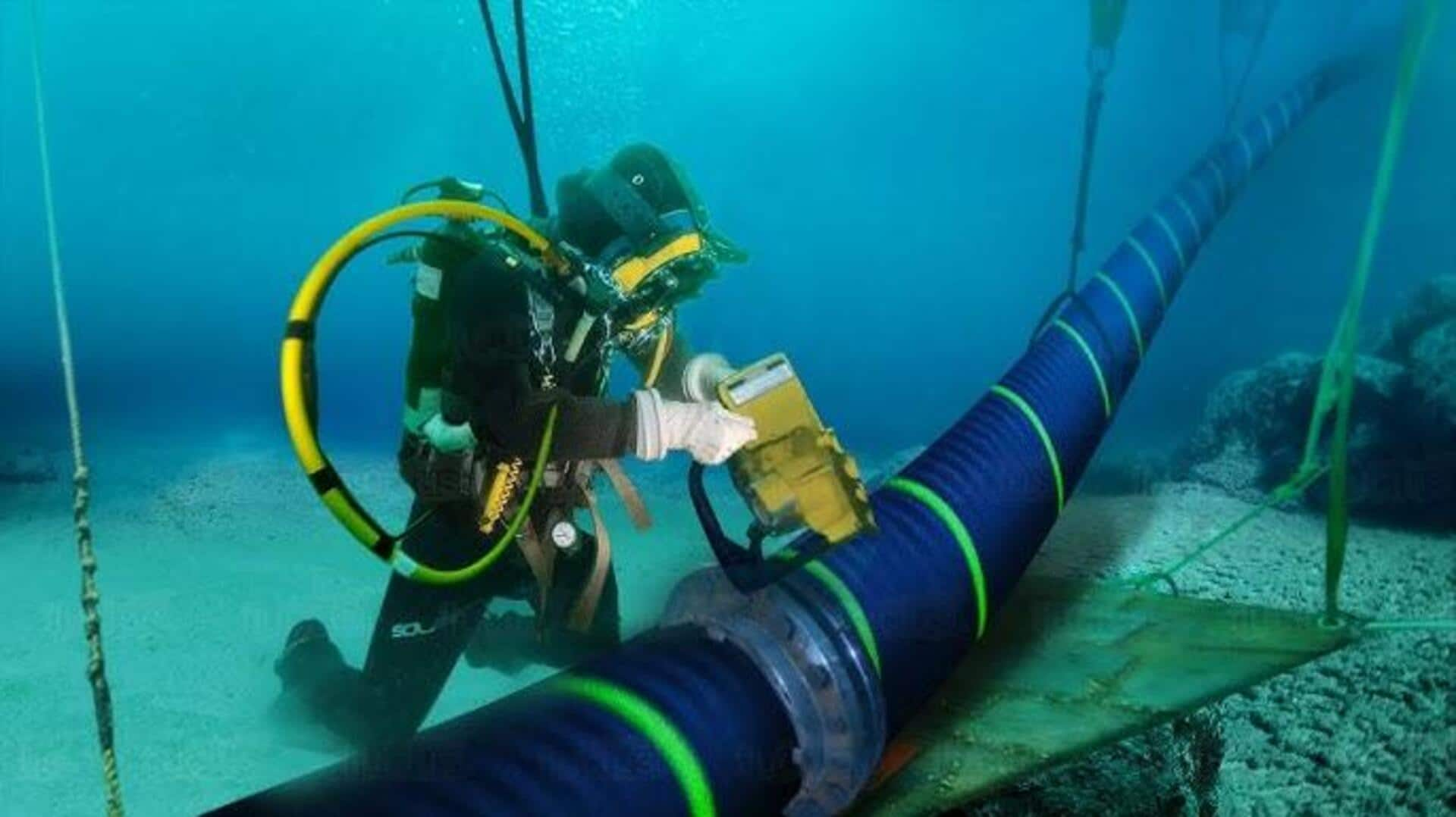
Underwater avalanches are hidden threat to global internet infrastructure: Study
What's the story
A recent study published by The Conversation journal has challenged our understanding of how underwater avalanches develop and their risk potential. The research focused on a massive underwater avalanche that occurred 60,000 years ago off the coast of Morocco. This event traveled 400km through the world's largest submarine canyon and another 1,600km across the Atlantic seabed, making it the second largest documented underwater avalanche.
Research insights
New study challenges our understanding
Underwater avalanches, powerful and often unseen natural occurrences beneath the ocean's surface, pose a significant threat to the world's internet infrastructure. These events are challenging to detect and understand due to their underwater nature. Despite this, they have been identified as potential hazards for our expanding network of fiber-optic seabed cables that carry nearly all global internet traffic.
Avalanche growth
Underwater avalanches can start small and grow into catastrophic events
The study revealed that underwater avalanches can start as small landslides and grow over 100 times along their path. This is a significant finding as it challenges the previously held belief that large avalanches begin with big slope collapses. The frequency of these events varies depending on location, with potential triggers including earthquakes, tides, typhoons, river floods, and even volcanic eruptions.
Infrastructure details
Global network relies on over 550 active seafloor cables
The global network currently relies on more than 550 active seafloor cables, with a total length of approximately 1.4 million km. This is sufficient to encircle the Earth's circumference 35 times. When an underwater avalanche damages these seabed cables, the impact can be widespread and costly, disrupting internet traffic and affecting financial transactions globally.
Historical impact
2006 Pingtung earthquake's underwater avalanches disrupted global markets
The December 26, 2006 Pingtung earthquake in Taiwan set off underwater avalanches that severed several seabed cables connecting Southeast Asia with the rest of the world. This event led to a significant drop in internet traffic and financial transactions globally. China's largest internet operator reported a 90% loss of traffic to the US during this period, while Taiwan experienced a loss of between 74-100% in internet traffic to neighboring islands.
Restoration efforts
Repairing the network took 39 days and millions of dollars
Following the underwater avalanches triggered by the December 26, 2006 Pingtung earthquake, restoring the network to its full capacity took 39 days and cost millions of US Dollars in ship time. Despite this significant disruption, it's highly unlikely that an underwater avalanche could completely shut down the internet worldwide due to the extensive network of seafloor cables.